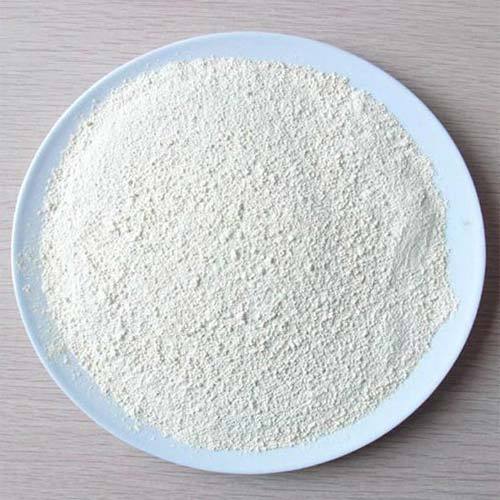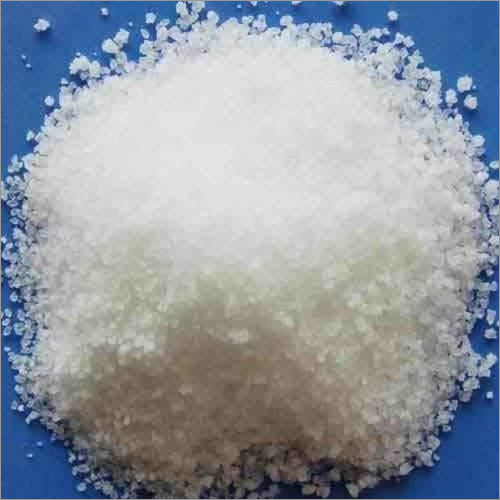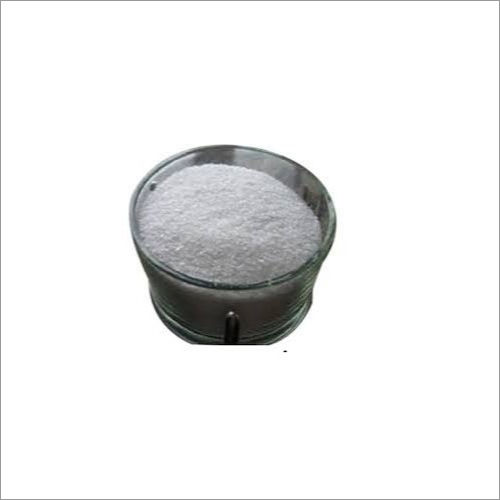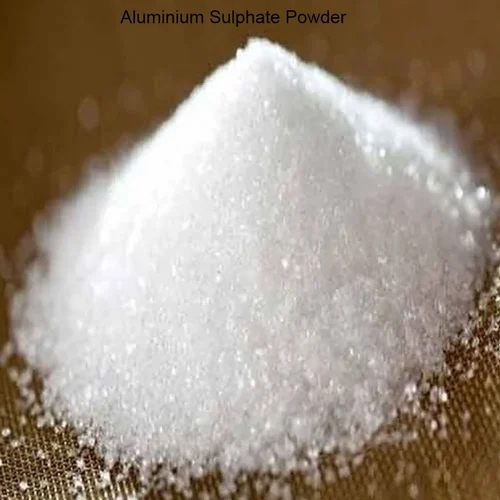Polyacrylamide Powder
Price 150 INR/ Kilograms
MOQ : 100 Kilograms
Polyacrylamide Powder Specification
- Solubility
- YES
- Taste
- Odorless
- Storage
- Room Temperature
- Poisonous
- Yes
- Form
- Powder
- Classification
- Inorganic Chemicals
- Chemical Name
- POLYACRYLMYDE
- Grade
- Industrial Grade
- Type
- POWDER
- Application
- Industrial
Polyacrylamide Powder Trade Information
- Minimum Order Quantity
- 100 Kilograms
- FOB Port
- Vadodara
- Supply Ability
- 1000 Kilograms Per Day
- Delivery Time
- 2 Days
- Sample Policy
- Contact us for information regarding our sample policy
- Packaging Details
- 25KG BAG
- Main Export Market(s)
- Asia, South America
- Main Domestic Market
- Assam, West Bengal, Andaman and Nicobar Islands, Chhattisgarh, Pondicherry, Madhya Pradesh, Himachal Pradesh, Jammu and Kashmir, West India, Uttarakhand, Jharkhand, East India, Maharashtra, Central India, North India, Nagaland, Goa, Punjab, Tamil Nadu, Sikkim, Gujarat, Arunachal Pradesh, Haryana, Dadra and Nagar Haveli, Rajasthan, Andhra Pradesh, Lakshadweep, Chandigarh, Karnataka, Delhi, Kerala, Mizoram, Telangana, Odisha, Daman and Diu, Manipur, South India, Tripura, Bihar, Uttar Pradesh, Meghalaya, All India
- Certifications
- MSME And Iso Certified Company.
About Polyacrylamide Powder
Polyacrylamide (PAM) is a synthetic polymer made from the monomer acrylamide. It is commonly used as a flocculant or coagulant in water treatment, as well as in the petroleum, paper, and textile industries. PAM is typically sold in the form of a white, odorless, and tasteless powder. It is highly soluble in water and can form viscous solutions at low concentrations. It can be divided into different types based on its charge and molecular weight, which can affect its specific uses and properties.
In water treatment, PAM is often used to help remove suspended solids and other contaminants from wastewater. It can also help to clarify water, reduce turbidity, and improve the efficiency of filtration processes. PAM is typically added to the water in small amounts and can be mixed with other chemicals for enhanced performance. While PAM has many useful applications, it is important to handle and use it with care. Acrylamide, the monomer used to produce PAM, has been classified as a probable human carcinogen by the International Agency for Research on Cancer (IARC). As such, proper safety measures should be taken when handling PAM powder to avoid inhalation or ingestion.
Polyacrylamide Powder Features:
It has several features that make it useful in various industrial applications:
1. Water solubility: PAM is highly soluble in water, making it easy to handle and use in water treatment and other applications.
2. Flocculation: It can act as a flocculant, causing suspended solids in water to clump together and settle out, making it easier to filter or remove them.
3. Viscosity: It can form viscous solutions at low concentrations, which can be useful in applications such as oil recovery and paper manufacturing.
4. Charge: It can be anionic, cationic, or non-ionic, depending on its chemical structure. This allows it to be used in a variety of applications, such as wastewater treatment, where it can be used to remove negatively charged particles.
5. Molecular weight: It can have a range of molecular weights, which can affect its properties and specific applications. For example, high molecular weight PAM is often used in water treatment, while low molecular weight PAM is used in soil conditioning.
6. Compatibility: It is compatible with many other chemicals, allowing it to be used in combination with other treatment chemicals for enhanced performance.
Overall, PAM's water solubility, flocculation ability, and charge make it a versatile and useful polymer in various industrial applications.
Polyacrylamide Powder Applications:
It has many applications in various industries. Here are some of the most common uses:
1. Water treatment: PAM is used as a coagulant and flocculant in water treatment to remove suspended solids, turbidity, and other contaminants from wastewater and drinking water. It can also be used in dewatering sludge and to improve the efficiency of filtration processes.
2. Oil and gas industry: It is used in oil recovery to increase the viscosity of water, which can help to push oil out of reservoirs. It is also used in drilling fluids to control viscosity and filter cake formation.
3. Paper manufacturing: It is used as a retention and drainage aid in paper manufacturing. It can help to improve the formation and strength of paper, as well as reduce fiber loss.
4. Agriculture: It is used in agriculture to improve soil structure and reduce erosion. It can also be used as a water retention aid, improving crop yields and reducing water use.
5. Textile industry: It is used in the textile industry as a sizing agent to improve the strength and durability of fabrics.
6. Mining: It is used in mining to separate minerals from ore and to dewater tailings. It can also be used as a binding agent in pelletizing and briquetting.
7. Cosmetics: It is used in cosmetics as a thickener and stabilizer in lotions, creams, and other products.
Overall, PAM's ability to improve water and soil quality, as well as its viscosity and charge properties, make it a versatile polymer with a wide range of applications in various industries.
FAQs of Polyacrylamide Powder:
1. Is Polyacrylamide toxic?
Ans: Polyacrylamide itself is not toxic, but its precursor acrylamide is a potent neurotoxin and a probable human carcinogen. However, PAM is safe to handle when used properly in industrial and laboratory settings.
2. Can Polyacrylamide be used in drinking water treatment?
Ans: Yes, it can be used in drinking water treatment. However, it must be used in accordance with strict regulations and guidelines to ensure the safety of the treated water.
3. Can Polyacrylamide be used in agriculture?
Ans: Yes, it can be used in agriculture to improve soil structure, reduce erosion, and increase crop yields. However, it should be used in accordance with local regulations and guidelines to avoid any negative impacts on the environment.
4. Can Polyacrylamide be recycled?
Ans: It cannot be recycled in the traditional sense, but it can be reactivated and reused in some applications, such as in wastewater treatment.
5. Is Polyacrylamide biodegradable?
Ans: It is not biodegradable in the environment, but it can be broken down by certain microorganisms in wastewater treatment systems.
6. Is Polyacrylamide the same as acrylic?
Ans: No, it is not the same as acrylic. Polyacrylamide is a water-soluble polymer made from the monomer acrylamide, while acrylic refers to a family of synthetic fibers made from polymers derived from acrylic acid.

Tell us about your requirement

Price:
Quantity
Select Unit
- 50
- 100
- 200
- 250
- 500
- 1000+
Additional detail
Mobile number
Email
More Products in Industrial Chemical Category
Boiler Descaling Chemicals
Price 80.0 INR / Kilograms
Minimum Order Quantity : 1000 Kilograms, Kilograms
Storage : Room Temperature
Grade : Industrial Grade
Form : Liquid
Type : Liquid
Sodium Hexametaphosphate
Price 125 INR / Kilograms
Minimum Order Quantity : 100 Kilograms, ,
Storage : Room Temperature
Grade : Industrial Grade
Form : Powder
Type : POWDER
Sodium Tripolyphosphate
Price 90 INR / Kilograms
Minimum Order Quantity : 25 Kilograms, ,
Storage : Room Temperature
Grade : Industrial Grade
Form : Powder
Aluminium Sulphate Powder
Price 20.0 INR / Kilograms
Minimum Order Quantity : 5000 Kilograms
Storage : Room Temperature
Grade : Industrial Grade
Form : Powder
Type : Aluminium Sulphate Powder


 Send Inquiry
Send Inquiry






